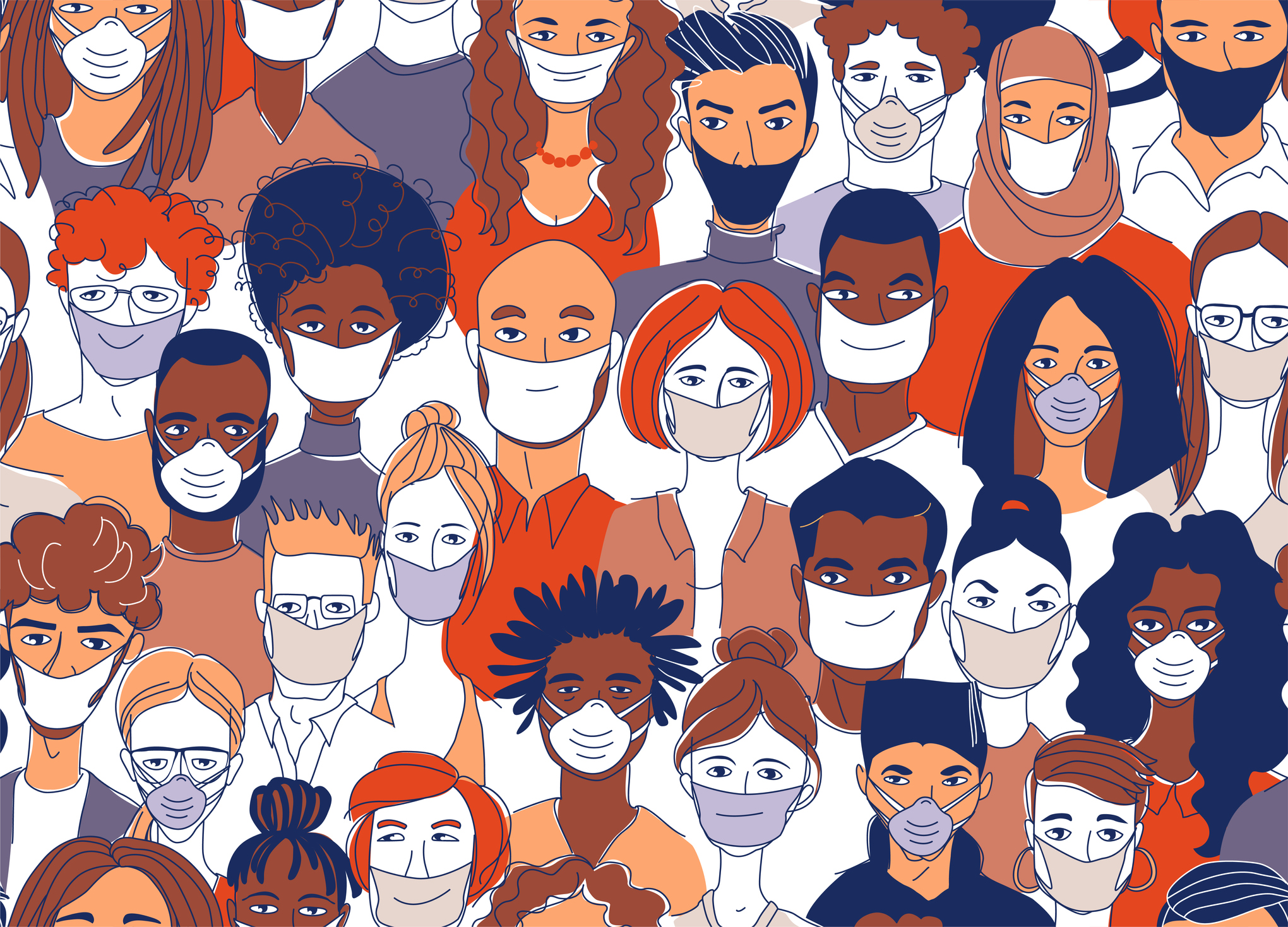A while back, Nature magazine published a very interesting article about honeybees entitled “Insights into Social Insects from the Genome of the Honeybee Apis mellifera.” The article is the product of a remarkable collaboration of 90 research institutions around the world, involving hundreds of scientists. Why should so many scientists care enough to devote a significant part of their careers to this enterprise? And why should we care about what they learned? It’s because we can learn a lot about ourselves from the genome of honeybees.
First, a bit about honeybees
The honeybee has always fascinated humans. Ancient Egyptians considered it (and the dung beetle) as deities. Apparently, this was because of their industry and seeming intelligence.
The biblical Israelites honored some of their daughters with the name Dvora, which means “bee”. The name is still common in present-day Israel. In English-speaking countries, the bee name has been changed to Debora.
Just like the Ancients, the Mormons have incorporated the bee into their belief system. For them, the bee is a symbol of industry, perseverance, and intelligence. And, in common parlance, we say that hard-working people are “busy as bees.” And so over and over again, we find that humans beings are fascinated by and admire the industry of bees.
Bee science
When I was a high school student, I vividly remember reading about Karl von Frisch’s work decoding the language of the bee dance. Through a “waggle dance”, they communicate to each other the location, direction, and distance of food sources. They even maximize the efficiency of the pollen and nectar collection through two other types of dances:
- a “shaking dance” to recruit more foragers
- and a “tremble dance” to draft more bees to handle the food inside the hive.
Prof E.O. Wilson of Harvard, an eminent biologist and the “father” of the field of Sociobiology, quotes Karl von Frisch in his commentary on the Nature article:
“The life of bees is like a magic well. The more you draw from it, the more there is to draw.”
The genome of honeybees
There are many aspects of honeybee genome work that are of purely scientific interest. One of these is the similarities and differences of the honeybee genome as compared with the genomes of the fruit fly (Drosophila) and the malaria-bearing mosquito (Anopheles). Another is the bee’s origin in Africa.
But several aspects are of great interest to us non-experts. Take for instance the relationship between energy metabolism and longevity. It is well known that the hormone insulin and another protein called insulin-like growth factor (IGF-1) bind to the same receptor on the cell surface – the insulin receptor (IR).
Once either one of these molecules binds to the receptor, a whole cascade of signals is propagated, through specific pathways, to the DNA in the cell nucleus. Some genes are activated and some are silenced, but the common denominator to all of them is that they are involved in the regulation of the most critical functions of our lives, such as:
- energy metabolism
- fertility
- aging
These are just a few of the many important biological processes regulated by insulin, IGF, and the insulin receptor.
Energy balance, reproduction, and lifespan
Why is this so important to understand? It is because we now understand the code that will allow us to decipher the relationship between food intake and aging. We have known for a long time that obesity is linked to a shortened lifespan. It is also known that the higher the reproductive capacity of a species, the shorter its lifespan.
But these relationships are turned upside down when it comes to certain bees. Queen bees are gluttons. They are constantly being pampered and fed by specialized worker bees. The worker bees make sure the queen of the hive eats a lot and doesn’t exercise too much. That way she can devote all her energies to one task: laying eggs. And this she does prodigiously, usually laying about 1500 eggs per day!
Yet, despite the gluttonous lifestyle of the queen bee, she has a lifespan of 1-2 years. This is quite remarkable when compared to worker bees whose lifespan is only 1-2 months. If we assume that humans have a mean lifespan of about 80 years, the queen bees extended lifespan would be equivalent to some of us living 800 years. Methuselah incarnate!
Related content: What Helps Ensure Cooperation in Diverse Societies?
So, how did the queen bee manage to upend the seemingly iron-clad relationships between energy balance, reproductive capacity, and lifespan? If we could understand these genetic tricks that allow this to occur, it could have direct implications for human energy metabolism and longevity. Perhaps, if we could figure out how to manipulate human genes in the same way as the queen bee, we could finally be able to have our cake and eat it too – and still enjoy a long life.
The peculiar nature of honeybee society
There is another aspect to the bee genome that is a bit more somber but absolutely fascinating. Bee society is highly organized in a caste system. The Queen is at the top (Hail to the Queen!).
The male bees, called drones, are next in line. Their only function is to fertilize the queen. After performing their duty, they are killed or die on their own. At the bottom of the caste system are the worker bees. They are sterile females that divide among themselves all the tasks required to maintain the hive.
How is this amazing feat of social control of beehives achieved? It turns out that it is controlled chemically. First of all, the Queen maintains her status as an exalted egg layer by keeping the other female bees sterile. She does this by secreting chemicals called pheromones. These pheromones act to keep the bees that constantly lick her sterile.
The caste system is maintained through the action of another chemical, the “royal jelly”. This jelly is secreted from glands in the heads of adult worker bees. It serves as food for the rest of the brood. The amount of royal jelly fed to different bees determines the function of the other bees in the hives. If you get a lot of royal jelly, for example, you may become a guard bee. If you get less, you may become a hive cleaner, and so on.
1984 and beyond
Move over George Orwell, the honeybee created a “1984 society” 300 million years ago! This chemically-controlled highly organized society, formed by what E.O. Wilson aptly called “revolution at the genomic level.” It should give us pause.
Could we also be susceptible to chemical manipulation? There is some evidence that this is the case, at least to some extent. Just think of the behaviors we are describing when we say an adolescent human male is being controlled by his “raging hormones”.
Will the nascent science of neurobiology allow scientists to find new ways of controlling human behavior through chemical and non-chemical means in the future? Who knows? These are pretty scary thoughts. But, I believe that the beauty of the bee genome work is that it gives us a thorough understanding of these complex biologic interactions. Armed with knowledge, we should be able to resist and counteract any sinister schemes to control behavior through chemicals.
More from this author: Science and Truth: Learning from a Fatal Mutation
The bottom line
Who would have expected such important connections exist between the “lowly” honeybee and us humans? The more we learn about genomics, the more we come to realize that, in a sense, we are all One.
***
Love our content? Want more information on NATURE BIOLOGY, ENERGY BALANCE, OR ANIMAL BEHAVIOR? SIGN UP FOR OUR WEEKLY NEWSLETTER HERE
First published October 31, 2006, this article has been updated by the author for republication.
Dov Michaeli, MD, PhD
Dov Michaeli, M.D., Ph.D. (now retired) was a professor and basic science researcher at the University of California San Francisco. In addition to his clinical and research responsibilities, he also taught biochemistry to first-year medical students for many years.
During this time he was also the Editor of Lange Medical Publications, a company that developed and produced medical texts that were widely used by health professionals around the world.
He loves to write about the brain and human behavior as well as translate knowledge and complicated basic science concepts into entertainment for the rest of us.
He eventually left academia to enter the world of biotech. He served as the Chief Medical Officer of biotech companies, including Aphton Corporation. He also founded and served as the CEO of Madah Medica, an early-stage biotech company that developed products to improve post-surgical pain control.
Now that he is retired, he enjoys working out for two hours every day. He also follows the stock market, travels the world, and, of course, writes for TDWI.















